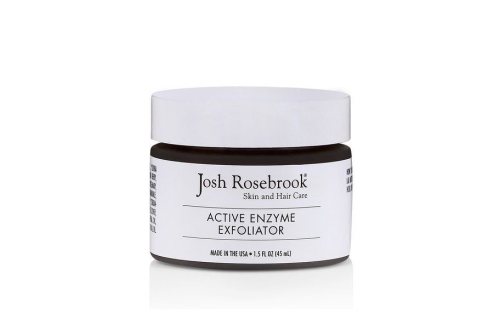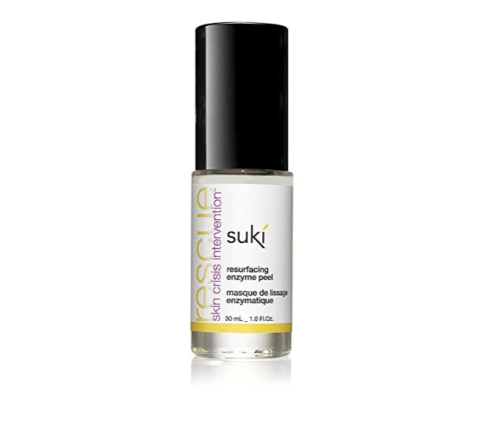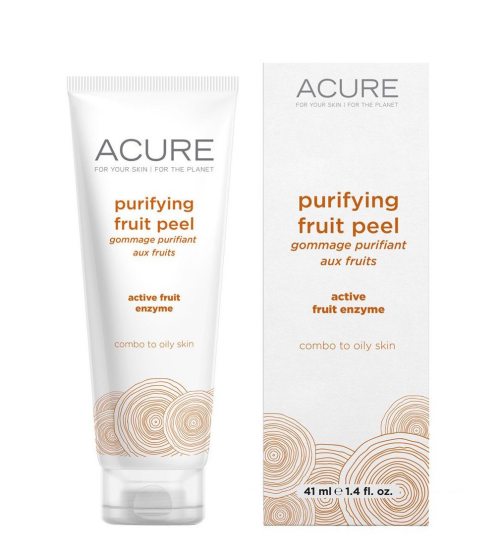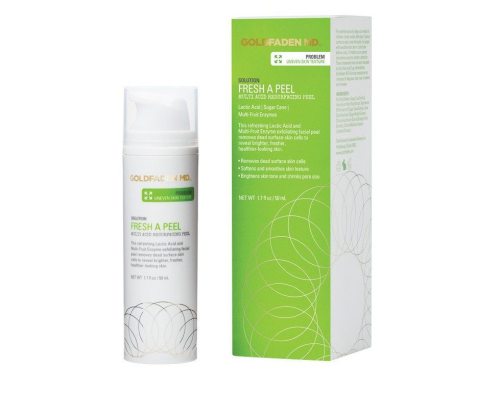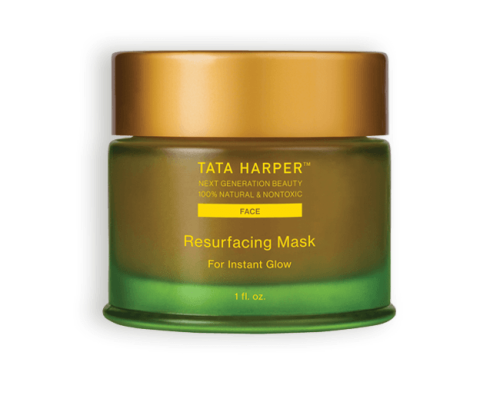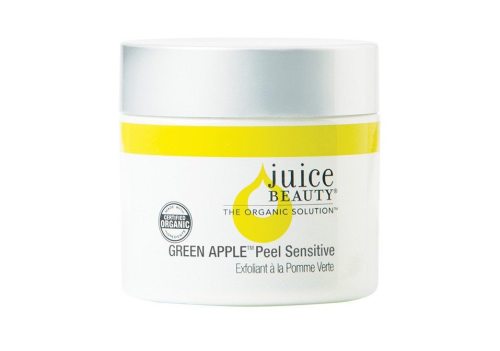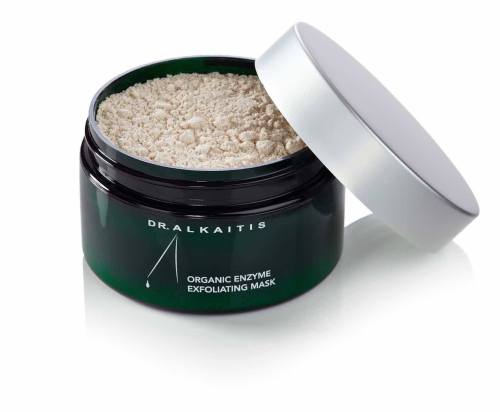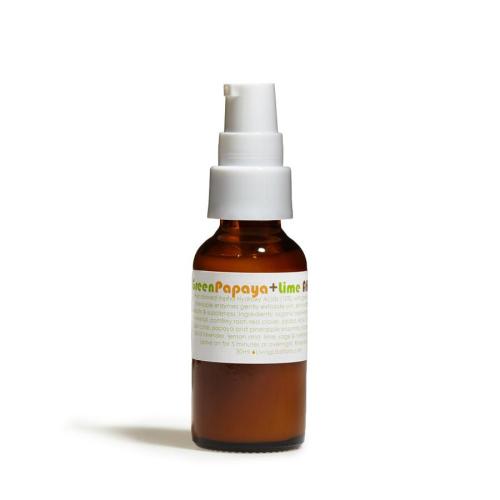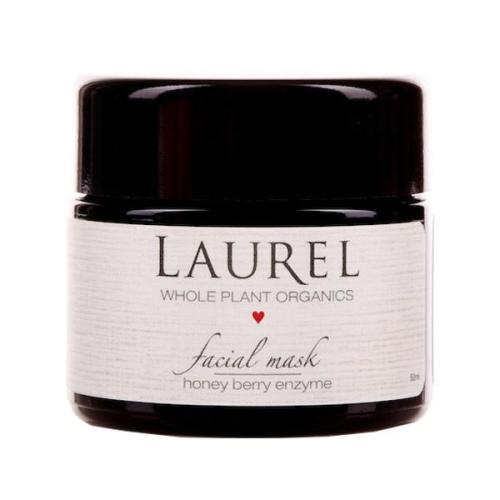The 9 Resurfacing Peels That Will (Almost) Make Your Pores Disappear
As dead skin cells build up, they cause dullness and—worse yet—prevent your treatment-focused products from fully soaking in. To slough off these dead-skin cells and make way for your healthy new glow, you'll need to exfoliate away that detritus. The most efficient means of doing so? Slathering on a resurfacing peel to bring that beam back to your visage.
"Resurfacing peels help generate skin cell turnover, which helps brighten your skin's surface," says Kathryn Dickinson, founder of Atlanta and Denver-based Aillea, a clean beauty boutique and website. "They work very subtly and gently to help remove dead skin cells and leave you with a glowy complexion."
They do this ninja-like work via plant and fruit enzymes or different acids (like AHA and BHA) to stimulate the exfoliation (Dickinson prefers the fruit-based ones). "These work together to even your skin tone, reduce the appearance of fine lines and pores," explains Dickinson. If you have breakouts, they're great for that too. "The enzyme exfoliators are are less abrasive to sensitive, acne-prone skin than physical exfoliants and will help battle breakouts."
{{post.sponsorText}}
She adds that they can help diminish acne scars too, and help soothe inflammation. Just remember that more is less when it comes to peels and don't overdo them—because it'll lead to over-exfoliation. And that brings on a whole new slew of problems. Instead? Try a peel treatment once or twice a week.
Keep reading to shop rockstar resurfacing peels.
Shop glow-inducing peels
But can you really shrink your pores? Either way, this is the right way to exfoliate, according to your skin type.
Loading More Posts...
